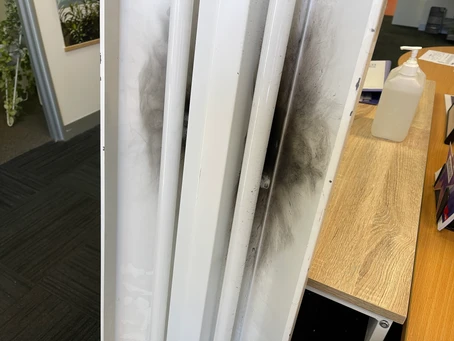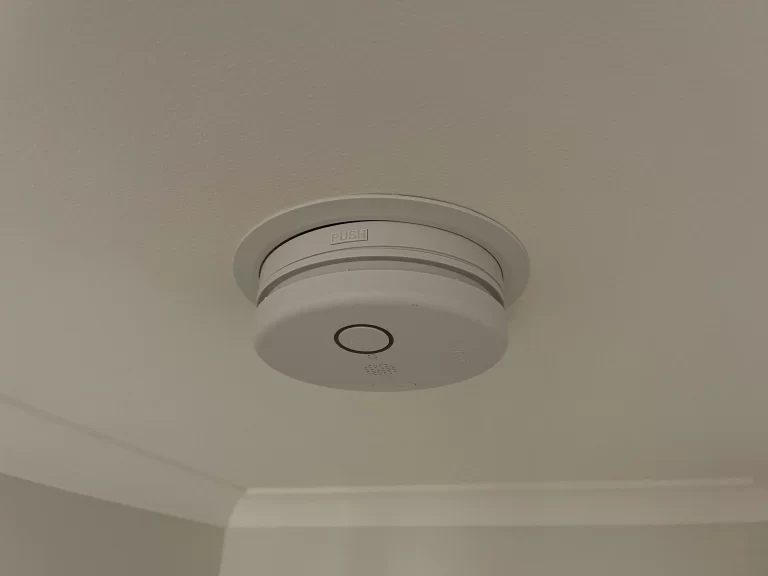When it comes to electrical safety, few things are as fundamental as a proper earthing system. Earthing (or grounding) is what provides a safe path for fault currents to flow, preventing electric shocks and protecting your home’s electrical system. At TEIGE Electrical Services, we regularly encounter situations during compliance checks where we cannot locate an earthing system in a home — and that’s a problem worth talking about.
What is an Earthing System and Why is it Important?
An earthing system is a network that connects your home’s electrical installation to the general mass of earth, usually via an electrode. This connection allows excess current from a fault — like a short circuit or insulation breakdown — to safely dissipate into the ground rather than through you, your family, or your appliances. Without a functional earth, even a small fault can turn dangerous very quickly, leading to electric shock or fire.
Why We Often Can’t Find Them
During periodic electrical safety inspections, it’s surprisingly common for our team to discover that there is no visible earth electrode or earthing conductor at a property. This doesn’t always mean the home isn’t earthed — it could be direct-buried, or it could be that the electrode is hidden behind landscaping, concrete, or fences, or under a new deck. However, the problem is that without visible, testable access or clear labelling, there’s no way to confirm the earthing system’s integrity without further, more thorough, investigation.
Compliance Requires More Than Just “Probably Earthed”
Australian Standards, such as AS/NZS 3000, make it clear that compliance means more than just having an earth somewhere. The system must be identifiable, accessible for testing, and clearly labelled if it is not obvious. If there is no access point, no visible electrode, and no labelling, your installation is technically non-compliant — even if it is still functional. This is why TEIGE Electrical Services flags missing or inaccessible earthing systems during our rental compliance inspections and provides recommendations to bring them up to standard.
Why This Matters for Landlords and Homeowners
Aside from the obvious safety implications, a non-compliant earthing system can leave landlords exposed if there’s an incident. Insurers or regulators may take a dim view of electrical work or installations that don’t meet today’s standards. Making sure your property has a compliant earthing system (with proper access or labelling) is an easy step to protect your tenants, your property, and your peace of mind.
Upgrading or Installing a Compliant Earthing System
The fix is usually straightforward: installing or reinstating an earth electrode is a fairly straightforward job for a licensed electrician. TEIGE Electrical Services can also add compliant labelling at the switchboard if the property uses an alternative earthing method and this is identified. This ensures any future testing — whether by us or another tradesperson — can be performed quickly and accurately, without guesswork or excavation.
TEIGE’s Approach to Earthing Checks
When TEIGE conducts rental or periodic compliance checks, one of our first tasks is to identify the main earthing point and verify its condition. If it’s missing, inaccessible, or unlabelled, we’ll note this in our report and provide a quote to rectify it. We take this step seriously because a well-maintained earthing system is the backbone of your home’s electrical safety.



